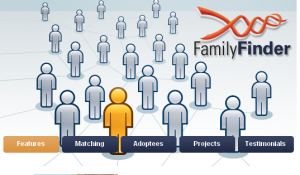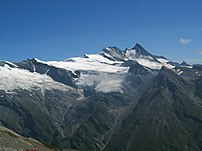Recreating a Grandmother’s Genome – Part 1
My grandmother Jane died in 1984 when I was just 8 years old. I have some really great memories of her, faded with time but still filled with emotion. Bath times, spending time with her in the summer, newspaper hats, chrysanthemums.
However, in addition to those memories, she gave me a very unique genetic heritage. She was from a region of the world with a high degree of admixture, and thus it is from her that I obtained my Native American mtDNA, my Native American, African American, and Spanish autosomal DNA. It is an incredibly rich and fascinating genetic legacy.
In an attempt to learn more about my grandmother’s genetic heritage, I’m using GEDmatch’s new Lazarus tool to try to recreate as much of her genome as possible. Join me on the journey, and learn about this new tool.

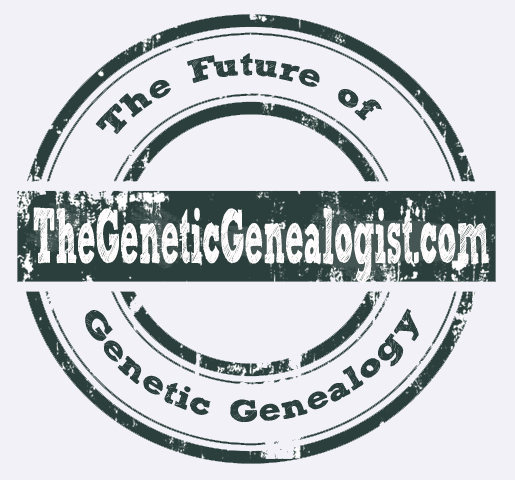 Summary: DNA from genetic cousins will be used to recreate the genomes of unknown ancestors who reside completely behind brick walls. While traditional research will often be able to provide a potential identity for the recreated genome, sometimes the individual will be known only by his or her DNA.
Summary: DNA from genetic cousins will be used to recreate the genomes of unknown ancestors who reside completely behind brick walls. While traditional research will often be able to provide a potential identity for the recreated genome, sometimes the individual will be known only by his or her DNA.
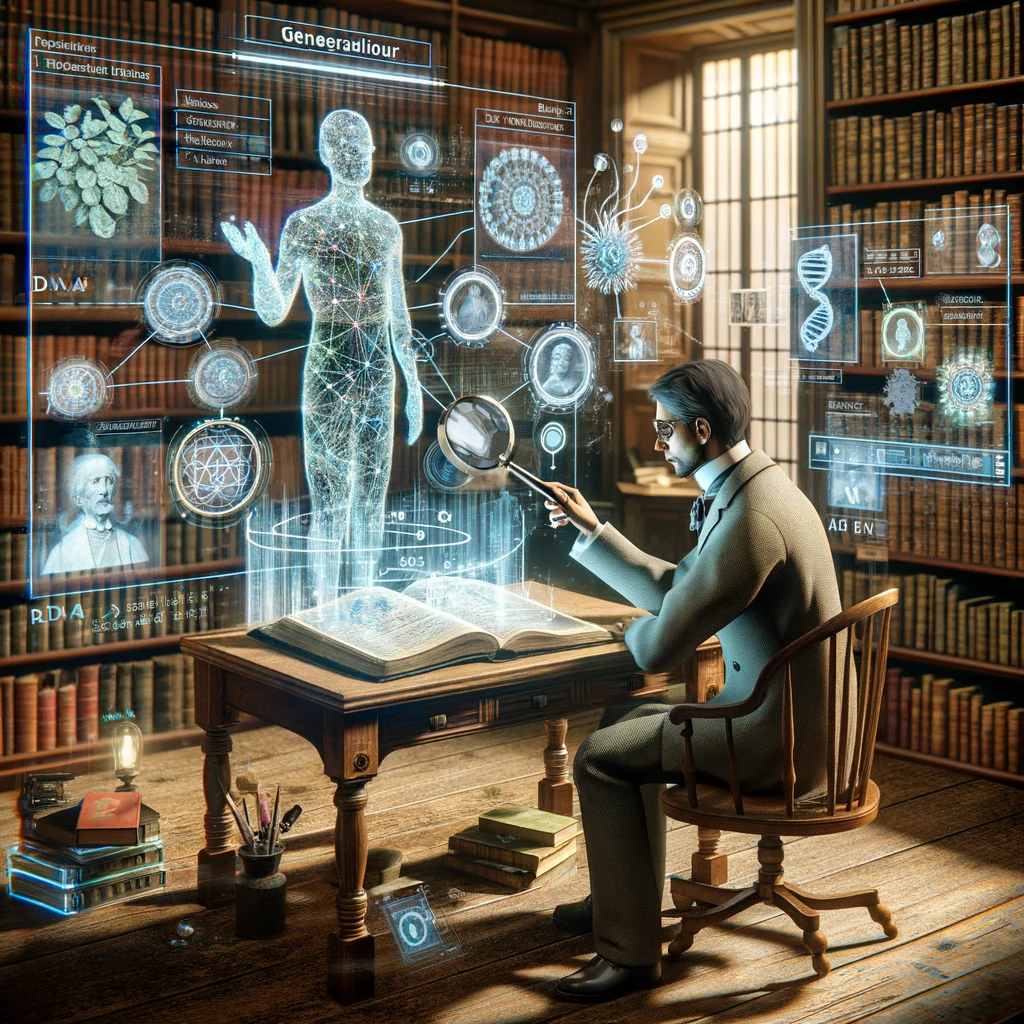
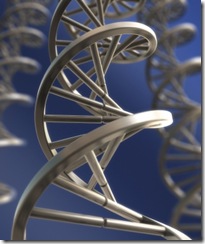 Mary Carmichael
Mary Carmichael